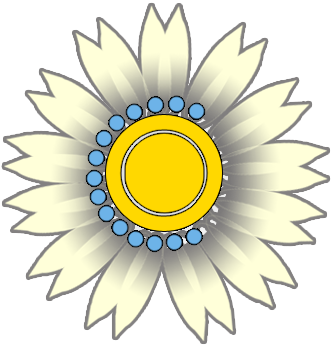
Keratosis pilaris is a genetic disorder of the skin. It is a common skin condition where the skin on the back and outer sides of the upper arms are rough and bumpy. This condition is also described as chicken skin or goose bumps. The common areas of the body that are affected are the outer-upper arms and thighs.
Although no clear cause has been found, keratosis pilaris is often described in association with other dry skin conditions and also with asthma and allergies. It affects nearly 50-80% of all adolescents and approximately 40% of adults. In general, the condition is frequently cosmetically displeasing but medically harmless.
Overall, keratosis pilaris is self-limited and tends to improve with age in many patients. Some patients have lifelong keratosis pilaris with periods of remissions and exacerbations.
Treatment
Because keratosis pilaris is a genetic disorder, no cure is possible. However with appropriate care, the skin condition can be improved. As a general rule, treatment needs to be continuous to maintain improvement and if you stop, the condition returns.
- General measures to prevent excessive skin dryness, such as using mild soap-less cleansers are recommended, and lubrication is the mainstay of treatment.
- Topical exfoliants. Medicated creams containing alpha-hydroxy, lactic or salicylic acid or urea moisturize and soften dry skin while helping to loosen and remove dead skin cells.
- Topical steroids. Low potency corticosteroids can reduce cell turn over and improve the skin condition. However, corticosteroid creams are not recommended for long term use.
In general, Keratosis Pilaris is often diagnosed and managed by dermatologists. However, since this condition is sometimes associated with allergic diseases; if you have allergies please see a qualified Allergy & Immunology specialist to evaluate your allergies.




